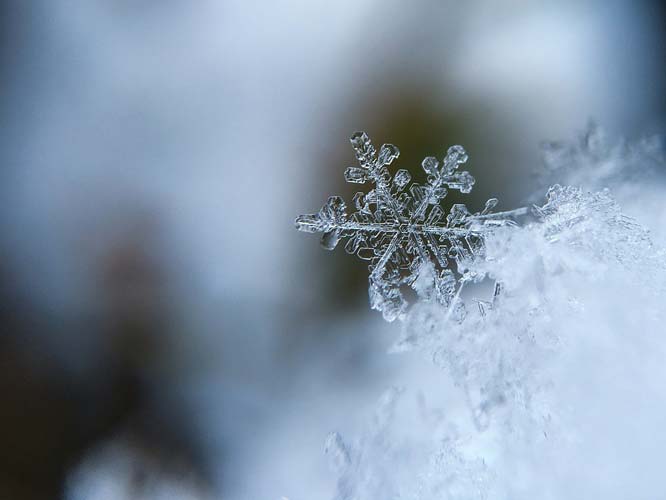
Academic freedom, once so popular in the faculty lounges, appears to be optional on many campuses where college presidents wilt under the first squeals of snowflakes.
These snowflakes are not the first ice of winter, but delicate students who imagine they, like their first bumps in life, are unique, and worry they'll melt if they go out in the sun. The modern college and university president makes finding shelter for them his first priority.
Garry Harley is an artist in Lowell, Mass., and when Salem State University in nearby Salem (home of the original witches of New England) asked him to create something inspired by the election, he had an epiphany. He would think of all the ways Donald Trump was demonizing and oppressing black people in America, and commit his thoughts to high art. The university put them on exhibit just after Nov. 8.
One of the historic photographs he selected was of a group of Ku Klux Klansmen. The Klan is particularly popular on booger-man nights on the left just now, though most of the people who show up for Klan rallies are undercover FBI informants. The informants are particularly appreciated because without them the grand wizards couldn't turn out enough cyclops, turks, magis, monks and ghouls to make up a klavern of a size to conjure enough hate to frighten small children.
But even photographs frighten the snowflakes who thrive on campus. Within hours after Mr. Harley's exhibit went up students, many but not all black, posted complaints. "Why did Salem State think it was OK to put a pic[ture] of the KKK in an art gallery during election time?" Another complained that "Salem State thinks this is an acceptable piece of art to hang up in a public gallery."
This appeared to be the "teaching moment" that eludes so many university administrators, and the university first tried to focus attention on what the artist intended with the exhibit, even producing a small booklet (eliminating as many big words as possible) to explain the nature of art, including Mr. Harley's art.
Soon it was clear that nobody was reading them, perhaps because they didn't know how. Then some of the words in the booklet were posted next to the photographs.
The doors to the exhibit hall are of glass, and, fearing that some students might see the offending photographs, the university even covered the glass and posted a statement outside the gallery that snowflakes were welcome, but an exhibit inside included sights that might offend some viewers.
The teaching moment continued with an open forum to talk about art and its uses. Mr. Harley brought images of famous artworks of the past to show how earlier generations made it through the day even with occasional thoughts about bad things. He showed a print of Francisco Goya's "The Third of May 1808," of French soldiers shooting Spanish soldiers, and Pablo Picasso's "Guernica," depicting the destruction of a Spanish town by fascists (the real ones, not the presumed fascists of contemporary political jeremiads).
Mr. Harley modestly said he was suggesting no comparison to his own work, but to demonstrate the long tradition of grown-ups confronting through art people and events they didn't necessarily endorse.
The forum became first a litany of complaints, both about the photographs and the artist, and the students only wanted to talk about the aches and pains, perhaps in unmentionable places, the exhibit caused them. There was no one to remind them of the wisdom of their grandparents - their great-grandparents, maybe - that "sticks and stones may break my bones but words will never hurt me."
The university finally shut down the exhibit with an apology that descended into servile remorse and contrition. "We would like to apologize to those in the campus community who have experienced distress resulting from this exhibit," said the chairman of the art and design department, and the curator of the offending gallery. "We are sorry . . . Art is often intended to spark discussion about societal ills. In this case, it did just that, but we deeply regret the distress it has caused students. We thank the students for sharing their views, and we look forward to working with them to determine how to move forward."
Ours is an era of thin skin and offense-taking. In an earlier day students complained about not having a place to park their cars, but now the search is on for a place to park feelings while someone massages them.
Even Donald Trump, the object of much campus ire, sometimes affects a bit of snowflakery. He may be the first president in history to complain that the election he won was rigged.
But most children eventually grow up, and the betting here is that the republic survives.
Comment by clicking here.
JWR contributor Wesley Pruden is editor emeritus of The Washington Times.


 Contact The Editor
Contact The Editor
 Articles By This Author
Articles By This Author